Last week, Leslie Golden said something very important:
“I want to see nice renderings, and the thinking behind the design. I need the whole package put together, start to finish. I need to know that the applicant can take a project from concept through construction documents and beyond.”
Landscape Architects’ work has one huge thing in common. Our projects start with the raw site, a client, and project program, and then go through a series of phases from conceptual towards more detail and direction. I enjoyed watching this video where a photographer demonstrated his process for arranging work, and much of what he does applies, except that Landscape Architects usually organize by project, not individual images.
In today’s market, a good many careers are being shaped by opportunity; directed by job offers more than by choice. This can make it difficult to focus on the sectors of Landscape Architecture that you are drawn to, especially if your experience is limited or has been in areas that aren’t what you want to do.
Considering your own work, your professional goals, and the sentiment in the quote above, which of the choices below will you use…or will your portfolio do something completely different?
1. Chronological: Most recent first, like your resume, right?!
Pro:Easy peasy!
Con: Doesn’t necessarily respond to interviewer’s interests or yours.
2. Best stuff first and last with other work in the middle
Pro:You can showcase anything you want at any point.
Con: If asked why you selected this particular order, will you have something compelling to say?
3. Project Type or Sector
(E.g. residential projects separate from commercial work.)
Pro: You can change the order to present the sector you want to discuss with your interviewer separately from all the rest, while keeping the rest available, just in case.
Con: This is hard to pull-off if the sector you want to focus on is the one where your work is older or not as gorgeous as your other work.
4. Professional vs. Academic
Pro:Employers can gauge your abilities separate from work that likely had a few other influences.
Con: Same thing! Not that anyone should take credit for work we did not do, but collaboration can sometimes really elevate a project’s final result.
5. Different kinds of images
(E.g. grouping renderings together, with a separate category for construction documents or site photos.)
Pro: This is one way to add materials to your portfolio that aren’t specific to a project, or that were particularly lovely but the rest of the project work wasn’t your best.
Con: This method may not tell a strong story of your thought processes in doing design work.
Today’s post was inspired by a question that was sent to me. Someone asked how to arrange the materials in their portfolio when most of their professional work was in a single sector, but they were hoping to broaden their career with other project types. I want to thank this person for asking, because questions like these are so helpful for generating these posts!
What arrangement will you use? How much of that decision was based on what you want to do vs. the materials you have to show? Organizing your portfolio is an art and must respond to so many influences, please feel free to tell us how you will/did solve this issue for yourself.
Attribution: Number photos came from Leo Reynolds’ collection on flickr.
Next time, I will be posting another discussion with an employer. Please keep those questions and comments coming!
Published in Blog


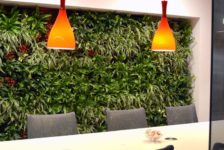
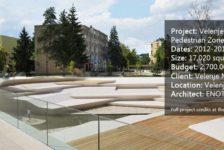

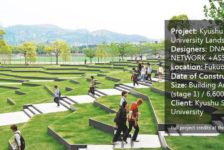

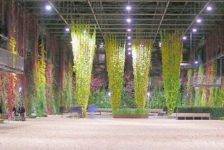

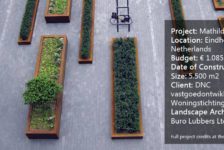
Pingback: Fear factor: Building a digital portfolio for artists – Via Nola Vie